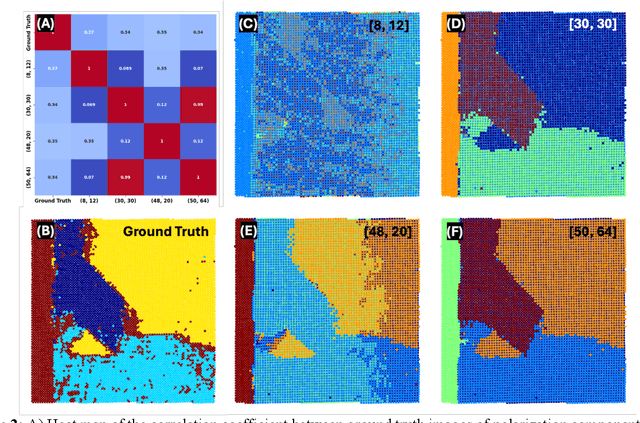Chris Nelson
Causal Discovery from Data Assisted by Large Language Models
Mar 18, 2025Abstract:Knowledge driven discovery of novel materials necessitates the development of the causal models for the property emergence. While in classical physical paradigm the causal relationships are deduced based on the physical principles or via experiment, rapid accumulation of observational data necessitates learning causal relationships between dissimilar aspects of materials structure and functionalities based on observations. For this, it is essential to integrate experimental data with prior domain knowledge. Here we demonstrate this approach by combining high-resolution scanning transmission electron microscopy (STEM) data with insights derived from large language models (LLMs). By fine-tuning ChatGPT on domain-specific literature, such as arXiv papers on ferroelectrics, and combining obtained information with data-driven causal discovery, we construct adjacency matrices for Directed Acyclic Graphs (DAGs) that map the causal relationships between structural, chemical, and polarization degrees of freedom in Sm-doped BiFeO3 (SmBFO). This approach enables us to hypothesize how synthesis conditions influence material properties, particularly the coercive field (E0), and guides experimental validation. The ultimate objective of this work is to develop a unified framework that integrates LLM-driven literature analysis with data-driven discovery, facilitating the precise engineering of ferroelectric materials by establishing clear connections between synthesis conditions and their resulting material properties.
Reward driven workflows for unsupervised explainable analysis of phases and ferroic variants from atomically resolved imaging data
Nov 19, 2024



Abstract:Rapid progress in aberration corrected electron microscopy necessitates development of robust methods for the identification of phases, ferroic variants, and other pertinent aspects of materials structure from imaging data. While unsupervised methods for clustering and classification are widely used for these tasks, their performance can be sensitive to hyperparameter selection in the analysis workflow. In this study, we explore the effects of descriptors and hyperparameters on the capability of unsupervised ML methods to distill local structural information, exemplified by discovery of polarization and lattice distortion in Sm doped BiFeO3 (BFO) thin films. We demonstrate that a reward-driven approach can be used to optimize these key hyperparameters across the full workflow, where rewards were designed to reflect domain wall continuity and straightness, ensuring that the analysis aligns with the material's physical behavior. This approach allows us to discover local descriptors that are best aligned with the specific physical behavior, providing insight into the fundamental physics of materials. We further extend the reward driven workflows to disentangle structural factors of variation via optimized variational autoencoder (VAE). Finally, the importance of well-defined rewards was explored as a quantifiable measure of success of the workflow.
 Add to Chrome
Add to Chrome Add to Firefox
Add to Firefox Add to Edge
Add to Edge